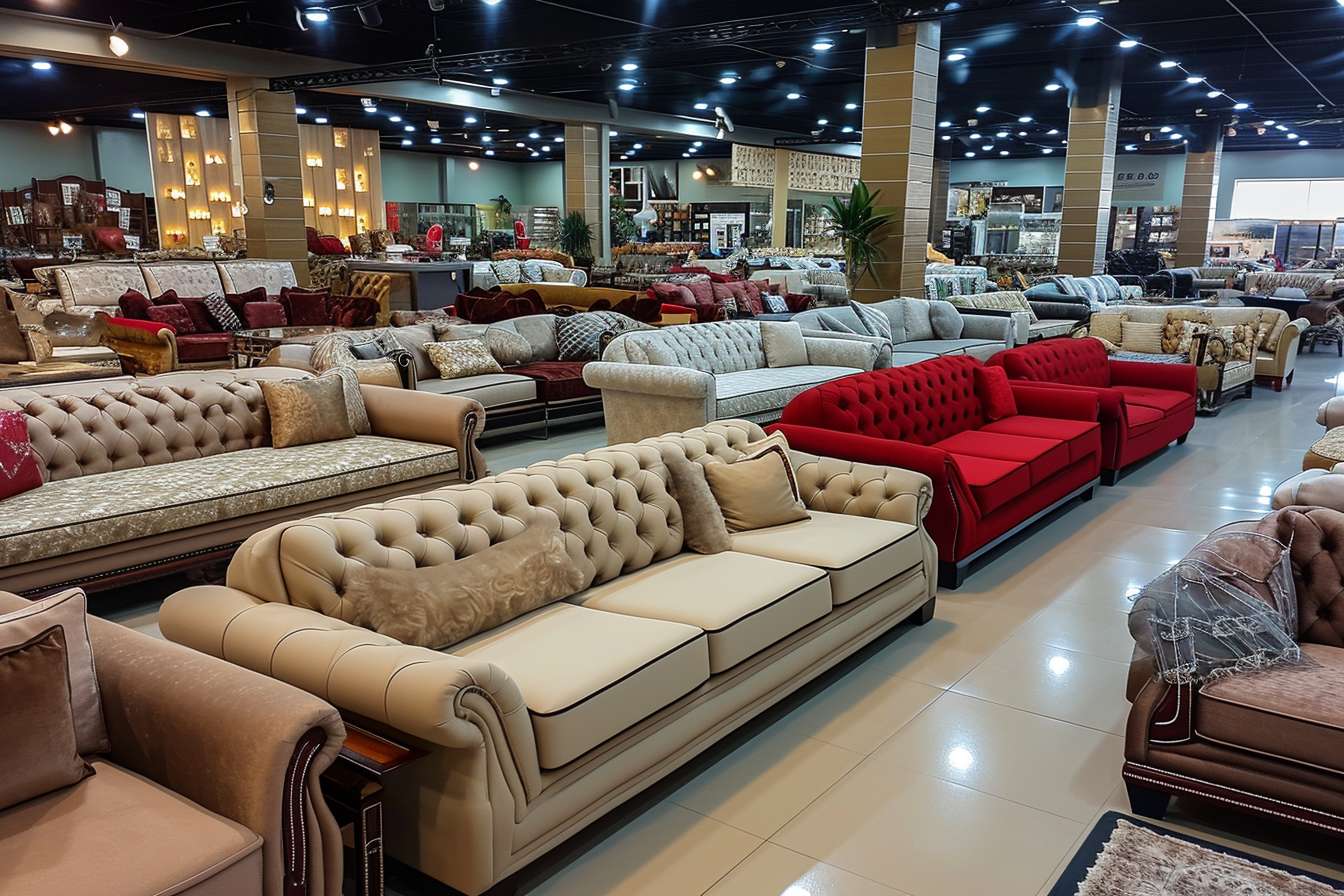Sofa Cleaning: Methods for Upholstery, Fabric, and Leather
A clean sofa improves appearance, extends the life of upholstery, and helps maintain a healthier home environment. Regular care combines routine vacuuming, prompt spot treatment, and periodic deeper cleaning. This guide explains practical steps for different materials, how sofas relate to carpet and other furniture care, and when to consider professional cleaning or repairs.

Sofa: what to check before cleaning
Before starting any cleaning on a sofa, inspect labels and construction. Look for the manufacturer’s cleaning code on the tag—commonly W (water-based), S (solvent-based), WS (either), or X (vacuum only). Check for loose seams, sagging cushions, and fragile trims that could be damaged by cleaning. Test any cleaner on an inconspicuous area and wait for it to dry to confirm colorfastness. Remove cushions, vacuum crevices, and note persistent stains so you can choose the right method or relay accurate information to local services if you hire professionals.
Carpet and sofa: shared cleaning tips
Sofas and carpets often share the same living area and accumulate similar dust, pet hair, and allergens. Use a HEPA-filter vacuum and a crevice tool to remove debris from sofa folds before it settles into carpet fibers nearby. When using wet cleaning methods, protect carpets from runoff by placing towels or plastic under sofa legs. If you plan a steam clean for carpet, consider scheduling sofa upholstery cleaning separately to allow both to dry properly. Coordination prevents cross-contamination and ensures both surfaces dry faster, reducing mildew risk.
Cleaning methods: choosing the right approach
Select a cleaning method consistent with the sofa’s fabric code. For W-coded upholstery, mild detergent solutions or steam cleaners can safely remove dirt. S-coded fabrics require solvent-based cleaners designed for upholstery; avoid water, which can leave rings or encourage shrinking. WS fabrics offer flexibility, and X-coded pieces should only be vacuumed or professionally cleaned. For leather and vinyl, use pH-neutral or manufacturer-recommended products and avoid harsh detergents. Always blot stains; rubbing can spread them. After cleaning, allow adequate air circulation to finish drying and refresh cushions.
Furniture care: maintenance beyond upholstery
Sofa cleaning connects to broader furniture maintenance. Rotate and flip removable cushions regularly to promote even wear and maintain shape. Check frame and leg attachments periodically; tighten screws and replace worn glides to protect hardwood floors and carpets. Use protective covers or throws in high-use areas to minimize stains and sun fading. Avoid placing sofas in direct sunlight to reduce fabric deterioration. For multi-piece furniture arrangements, clean surfaces in a logical order (top to bottom) to prevent re-soiling cleaned areas.
Upholstery stains: spot treatment and prevention
Address spills quickly to reduce permanent staining. Blot liquids with a clean, absorbent cloth—don’t rub. For food or water-based stains, a mild detergent mixed with water can work on W or WS fabrics; apply sparingly and rinse with a damp cloth to remove residue. Oil-based stains often need a solvent cleaner and, if possible, professional attention. For pet stains, enzymatic cleaners help remove odors and biological residues. To minimize future stains, consider fabric protectors recommended by the manufacturer and establish rules like no food on upholstery or designated pet bedding.
Conclusion
Sofa cleaning combines preventative routines and the right techniques for fabric type to keep furniture looking and performing well. Regular vacuuming, quick spot treatment, and careful selection of cleaning methods based on manufacturer labels reduce wear and staining. Coordinate care with nearby carpet and other furniture, and consult professional cleaning or repair services for delicate fabrics or deep-set stains. Thoughtful maintenance extends the life of upholstery and supports a cleaner indoor environment.






